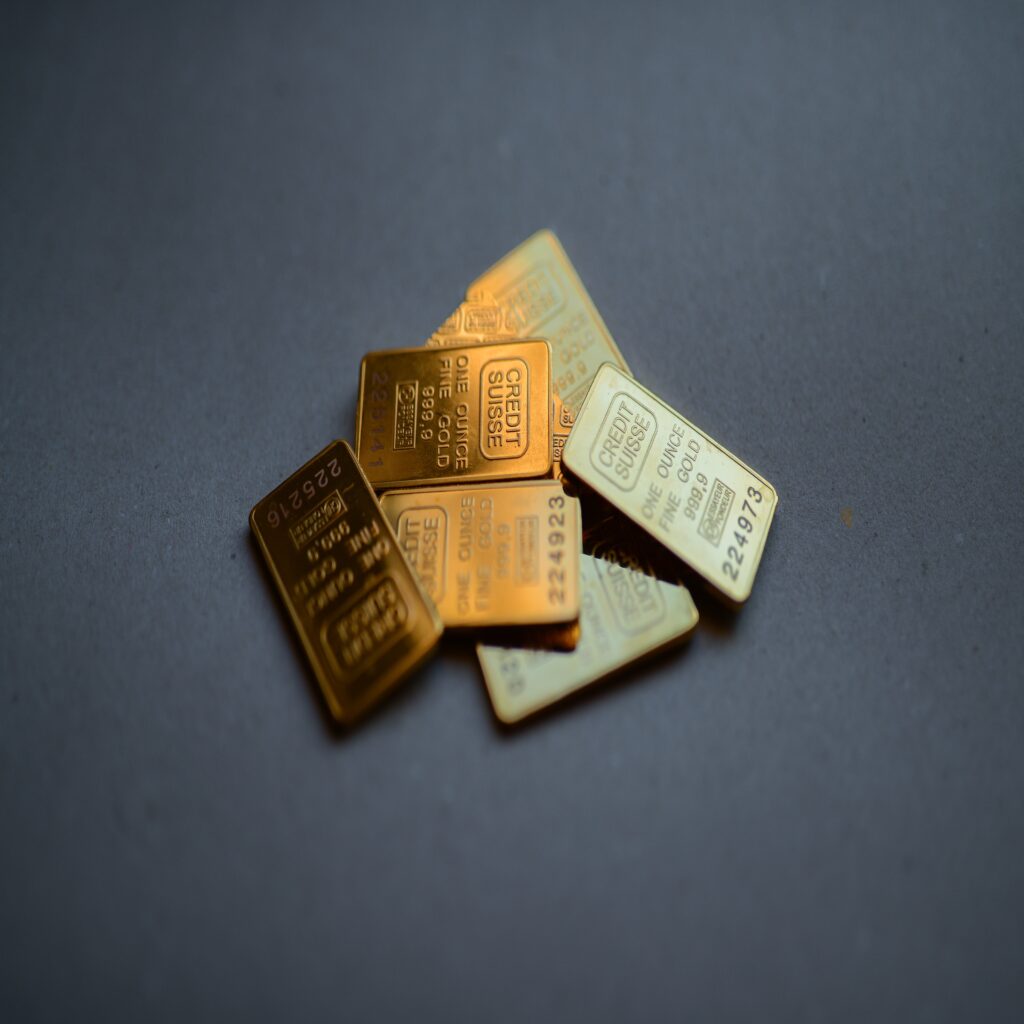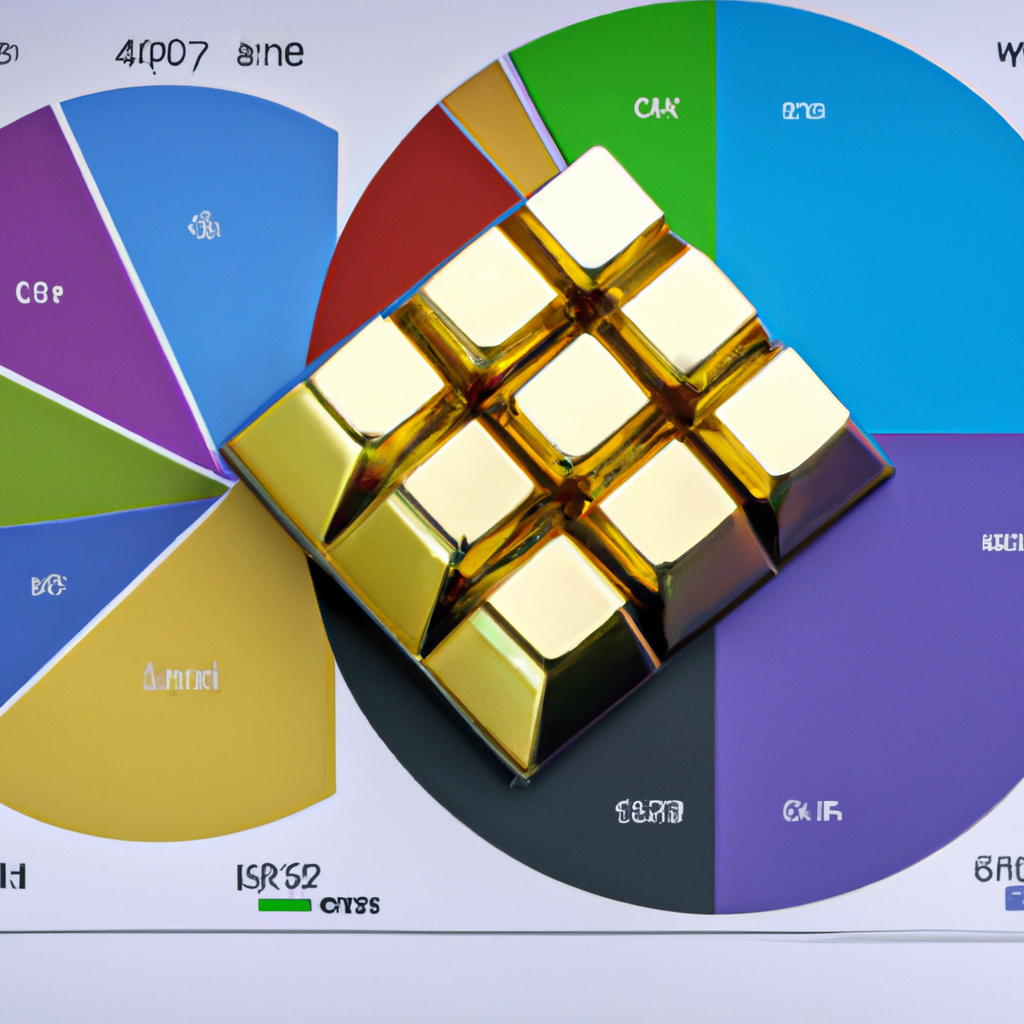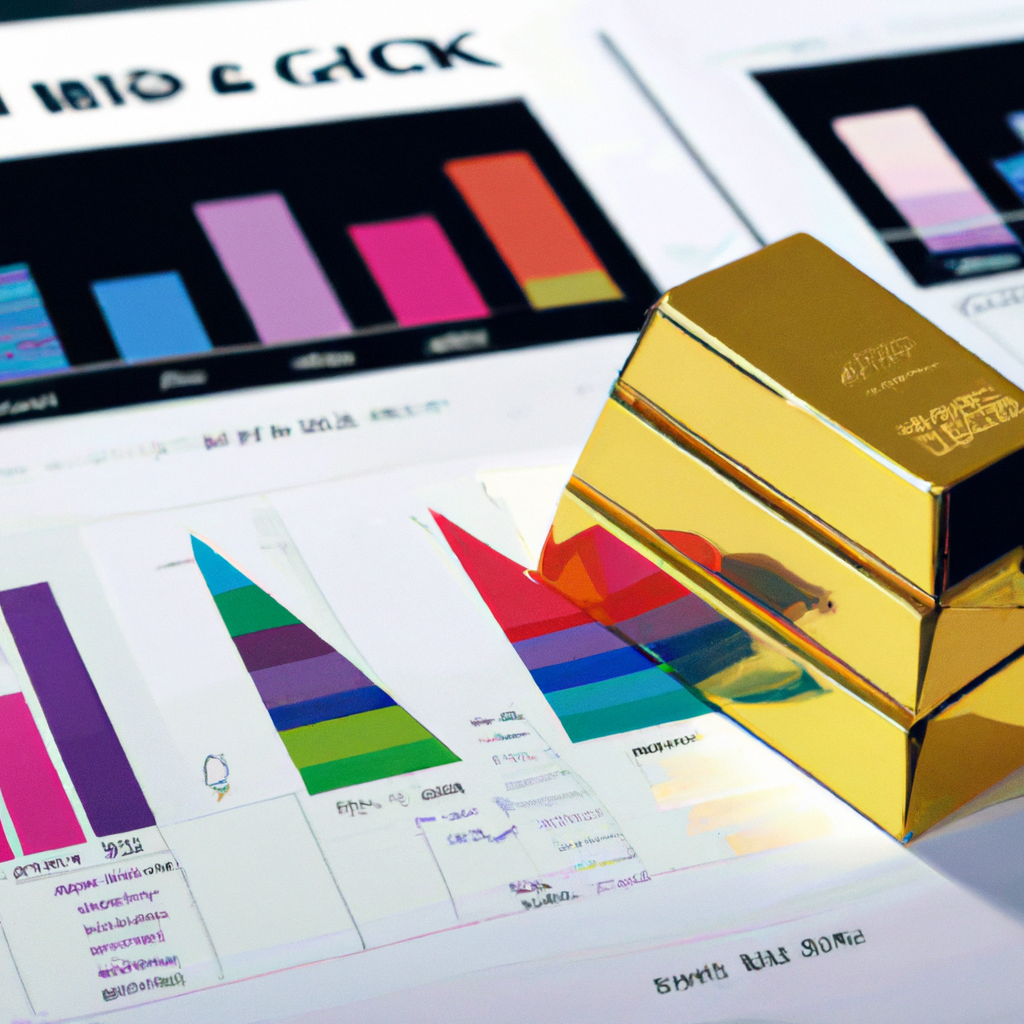Embracing the luster of gold isn’t only for the fashion-savvy or the treasure hunters; it’s a strategy smart investors like you implement to protect and enhance their portfolios. In this article, “Diversifying Your Portfolio With Gold: Risk Management Strategies”, you’ll learn the value of adding this precious metal into your investment mix. Fear not the volatile shifts of the market, attack the unknown with golden armour. With your new knowledge on hand, you’ll be well-equipped to take the next steps to fortify your financial future no matter the economic climate.

Understanding Portfolio Diversification
Understanding portfolio diversification is key to achieving your financial goals. Diversification is a risk management strategy whereby you spread your investments across different assets such as stocks, bonds, real estate, and commodities such as gold. The idea behind diversification is to reduce risk by investing in different assets that are not likely to move in the same direction simultaneously.
Concept of Portfolio Diversification
Portfolio diversification involves spreading your investments across various asset classes to minimize exposure to any single asset or risk. The strategy rests on the premise that different assets will perform differently at different times, reducing the potential loss from any one investment.
Advantages of Diversification
There are numerous advantages to having a diversified portfolio. The main advantage is reduced risk. Since you are investing your money in a variety of assets, if one investment happens to perform poorly, hopefully, other assets may perform better and offset any losses. Diversification can also allow you to potentially enjoy increased returns over time as different investments can have growth spurts at different times.
Risks associated with non-diversified portfolios
Non-diversified portfolios are a risky proposition. There is a high risk of loss if an asset underperforms or fails. Moreover, a non-diversified portfolio may prevent you from capitalizing on the gains of different industry sectors or asset types straight away.
Role of Gold in Portfolio Diversification
Gold plays a significant role in portfolio diversification. Over the years, the precious metal has proven to be a reliable store of value due to its stable demand and supply.
Historical perspective
From a historical perspective, gold has always been regarded as a safe haven asset. Even when economies and markets were unstable, gold has managed to maintain its value and even appreciate in most cases.
Benefits of having gold in your portfolio
There are several benefits to having gold in your portfolio. First, gold can improve performance by diversifying your portfolio and reducing its volatility. Second, gold can act as a hedge against inflation and currency fluctuations. Third, gold can provide liquidity in times of economic uncertainty.
Gold as a Hedge against inflation
gold is often seen as a hedge against inflation. As the value of a currency falls, the relative purchasing power of gold tends to increase. Additionally, in times of inflation, gold generally outperforms other investments.
Understanding the Risks Associated with Gold Investment
Although gold can offer many benefits as an investment, it is not without risks. It’s important to understand these risks before adding gold to your portfolio.
Gold price volatility
Although traditionally seen as a stable investment, gold prices can be volatile. Gold prices can fluctuate based on a variety of factors, including supply and demand, geopolitical events, and investor sentiment.
Exchange rate risks
Since gold is usually priced in dollars, changes in the exchange rate can affect the value of your gold investment, particularly if you are based in a country outside the US.
Storage and insurance risks
Physical gold needs to be stored and insured, which can add to the cost of investment. If the gold is lost or stolen, the value of your investment could decrease significantly.
Evaluating Different Forms of Gold Investment
There are different ways to invest in gold, each with its own set of advantages and disadvantages.
Physical gold
Physical gold includes bullion bars and coins. This is the most traditional way to invest in gold. While owning physical gold gives you direct control over your investment, it also comes with the added costs of storage and insurance.
Gold ETFs
Gold Exchange Traded Funds (ETFs) offer a more accessible way to invest in gold. They are traded on stock exchanges and provide exposure to the price of gold. However, they do not provide physical ownership.
Gold Mining Stocks
investing in stocks of companies that mine gold is another option. These stocks may offer leverage to gold prices, meaning potential for higher returns. However, just like any stock, they also come with company-specific risks.
Digital Gold
Digital gold is a new and convenient way to invest in gold. It allows for fractional ownership, meaning you can buy a small amount of gold at a time. However, it is important to ensure that the platform you use is trustworthy and secure.

Optimizing Gold’s Position in Your Portfolio
The amount of gold you should hold in your portfolio may depend on various factors, including your investement objectives and risk tolerance.
Ideal percentage of gold in portfolio
There is no one-size-fits-all answer to the ideal percentage of gold in a portfolio. Some experts suggest having between 5 to 15 percent, but it depends on individual circumstances and investment goals.
Assessing investment objectives and risk tolerance
Your investment objectives and risk tolerance are two important factors to consider when deciding on the percentage of gold in your portfolio. If your objective is to preserve wealth and you have a low risk tolerance, you might want to have a high percentage of gold in your portfolio.
Rebalancing strategy for gold investment
Just like any other investment, it is important to regularly rebalance your gold holdings. This means adjusting the amount of gold in your portfolio to ensure it maintains its intended level of risk and return profile.
Market Conditions and Gold Investment
The performance of gold as an investment is invariably affected by market conditions.
Impact of economic recession
During an economic recession, gold often performs well as investors flock to the perceived security of gold. However, it’s worth noting that the performance of gold during recessions can vary and is dependent on other factors at play at the time.
How political instability affects gold prices
Political instability can also influence the price of gold. In times of political turmoil, investors often turn to gold as a safe haven.
Gold and inflation rates
As previously mentioned, gold is often seen as a hedge against inflation. When inflation rates are high, the price of gold tends to rise as investors seek to protect their wealth.

Using Gold Derivatives for Risk Management
Gold derivatives, such as futures and options, can be used to manage risk in your portfolio.
Understanding gold futures contracts
A gold futures contract is an agreement to buy or sell gold at a set price at a future date. This allows an investor to lock in a price for gold, protecting against potential price fluctuations.
Benefits and risks of gold options
Gold options provide the right, but not the obligation, to buy or sell gold at a set price within a specific time period. While they offer the potential for profit, they also carry risk as the investor can lose their initial investment if the price of gold does not move in their favour.
Swaps and other derivative products for gold
Gold swaps and other derivative products offer yet another way to invest in gold. These can be complex financial instruments and should be thoroughly understood before investing.
Tax Implications of Gold Investment
There are certain tax implications that come with investing in gold, and it’s important to understand these before making an investment.
Tax on physical gold
In many places, physical gold is considered a collectible, and as such, it may be subject to a higher long-term capital gains tax rate than other investment types.
Impact of taxes on Gold ETFs and stocks
Gold ETFs and stocks are typically taxed as ordinary investments, but it’s crucial to consult with a tax professional as specific rules can vary.
Tax efficient strategies for gold investment
There are tax-efficient strategies for investing in gold, such as including it in a retirement account. Again, advice from a financial advisor or tax professional is recommended.

Role of Gold in Retirement Portfolios
Gold can play a significant part in retirement portfolios, provided it is managed carefully.
Gold as part of retirement planning
Including gold in a retirement portfolio can offer a level of protection against inflation, while adding diversity.
Tax advantages of gold IRAs
Gold Individual Retirement Accounts (IRAs) can offer certain tax advantages, such as deferred taxation on any profits from your gold investments.
Risks and limitations of Gold IRAs
While Gold IRAs have their advantages, they also come with risks and limitations. For instance, only certain types of gold can be included in a Gold IRA, and it must be stored in an approved facility.
Case Studies: Successful Gold Portfolio Diversification
To further illustrate the potential value of gold within a diversified portfolio, let’s look at a couple of case studies.
Review of historical gold performance
Historically, gold has demonstrated a low correlation to equities and other asset classes, meaning it can add diversity and stability to a portfolio.
Case study: Gold during the 2008 financial crisis
During the 2008 financial crisis, while equities experienced significant losses, gold provided a valuable hedge for investors, increasing in value.
Case study: Impact of COVID-19 pandemic on gold prices
The COVID-19 pandemic saw increased volatility in the markets. Conversely, gold’s price significantly increased during this time, further highlighting its potential benefit as a diversification tool.
When done correctly, portfolio diversification, particularly with the inclusion of assets like gold, can be a successful strategy in managing investment risk and achieving long-term financial goals. Understanding the characteristics, benefits, and risks of gold as an investment is crucial before incorporating it into your portfolio.









